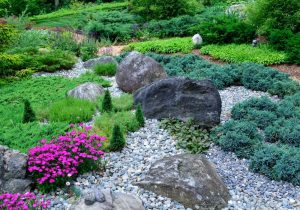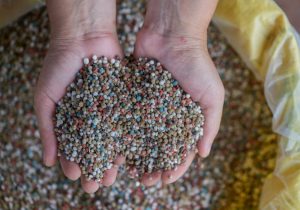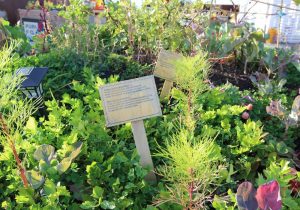Last Updated on July 12, 2024 by teamobn
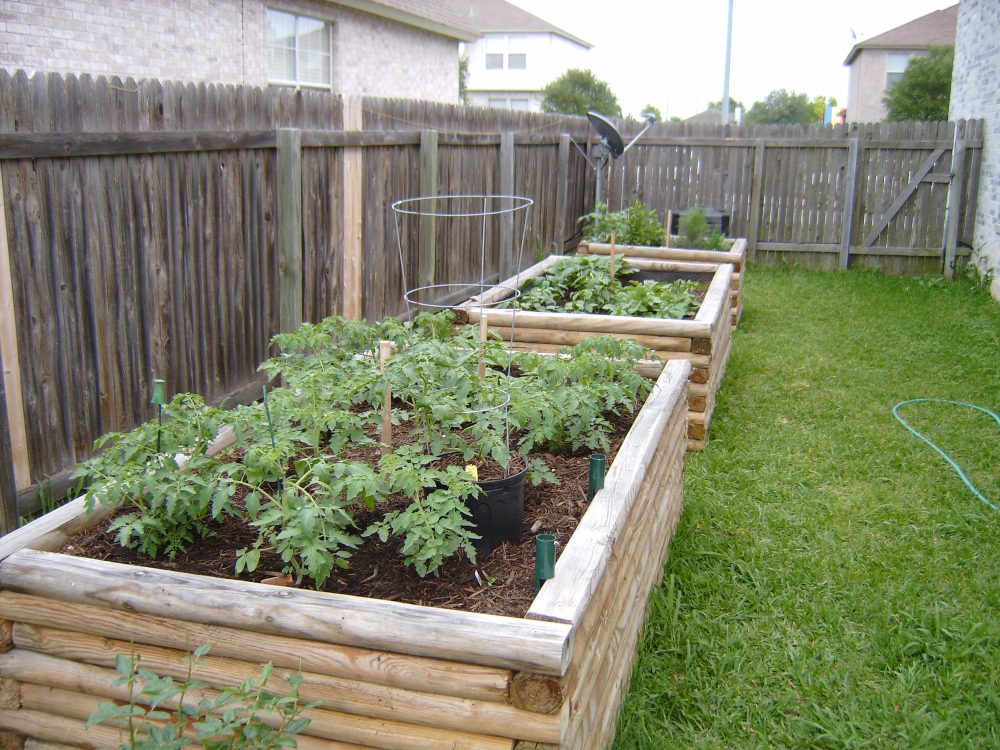
Raised bed gardening offers numerous benefits, including improved soil conditions, easier weed control, and enhanced accessibility. But even this well-liked gardening technique has its share of difficulties. Whether you’re a novice gardener setting up your first raised bed or a seasoned green thumb facing persistent issues, understanding these challenges is the first step toward ensuring a thriving garden. In this article, we’ll explore the common obstacles gardeners face with raised bed gardening and provide practical solutions to overcome them.
From soil fertility issues to pest invasions, learn how to navigate the hurdles and make the most of your raised garden beds.
Challenges to Raised Bed Gardening
Contents
Ensuring Adequate Soil Quality and Nutrition
Achieving lush, productive gardens in raised beds hinges significantly on soil quality. Unlike in-ground gardening, raised garden beds provide the opportunity to create the perfect soil environment from scratch. However, maintaining this environment requires attention to soil composition and nutrient balance.
Let’s dive into how to ensure your raised garden beds are always nutrient-rich and ready to support robust plant growth.
Understanding Soil Composition
One of the key advantages of raised garden beds is the control you have over the soil. Begin by choosing the right soil mixture—usually a blend of garden soil, compost, and aeration materials like perlite or vermiculite. This mixture ensures good drainage and aeration, crucial for root development and plant health.
Enhancing Soil Fertility
Over time, the soil in raised bed gardening can become depleted of nutrients. To keep the soil fertile, integrate organic matter regularly. Adding well-rotted compost, aged manure, or leaf mold can greatly enhance the nutrient content. Additionally, consider having your soil tested every few years to tailor your fertilization practices to the specific needs of your soil.
Using Composts and Fertilizers
Choosing the right compost and fertilizers is pivotal for maintaining soil health in raised bed gardening. Organic compost provides a slow release of nutrients, which is ideal for ongoing nourishment. For quicker nutrient boosts, organic fertilizers like fish emulsion or bone meal can be effective. It’s important to apply fertilizers according to the specific needs of the plants you are growing, which can vary throughout the growing season.
Maintaining the health of your soil in raised bed gardening is not just about adding nutrients; it’s also about understanding and managing the soil’s needs. With the right practices, you can ensure your raised beds are always ready for planting, leading to healthier plants and more bountiful harvests.

Water Management
Getting the watering right in raised bed gardening is crucial but can be tricky. These beds drain more quickly than traditional gardens, which is generally good for plant health but can sometimes lead to overly dry conditions. Let’s dive into the best ways to manage water effectively in your raised beds, ensuring your plants get just the amount they need without wasting a drop.
Keeping Soil Evenly Moist
With regard to moisture in raised bed gardening, everything is about balance. Use mulch; straw, wood chips, or even grass clippings work well. On hot days, mulch keeps the soil moist and slows down water evaporating. Get a soil moisture metre if you want a more sophisticated method. It will remove the uncertainty from your gardening schedule by telling you just when to water.
Improving Water Retention
Raised garden beds are great for drainage, but sometimes they can drain a bit too well. To combat this, mix in some peat moss or coconut coir with your soil. These materials are fantastic for holding onto water, which means your plants will have access to moisture even during a dry spell.
Choosing the Right Irrigation System
Drip irrigation is a game-changer for raised bed gardening. This system delivers water directly to the roots of your plants, reducing waste and ensuring deep watering. Consider setting up a timer to automate the process, which helps make your watering schedule consistent and stress-free.
Managing water when doing raised bed gardening doesn’t have to be complicated. With these straightforward tips, you can make sure your garden is properly hydrated and thriving, all while conserving water and your efforts.
Pest and Disease Control
Dealing with pests and diseases can be daunting for any gardener, but raised garden beds offer some unique advantages in this battle. The elevated design not only makes it easier to monitor for signs of trouble but also helps prevent many common garden pests from reaching your plants. Here’s how you can protect your raised beds from unwanted visitors and keep your plants healthy and flourishing.
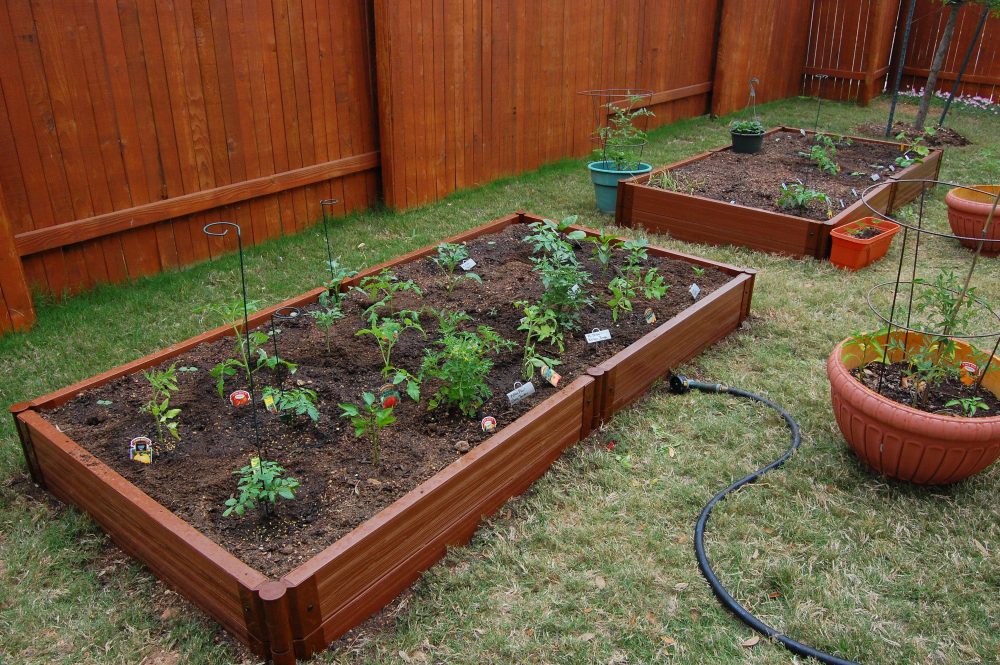
Identifying Common Pests
Firstly, knowing what you’re up against is half the battle. Raised garden beds can attract critters like aphids, slugs, and caterpillars, which thrive on tender plant shoots. Regular inspections are crucial; get up close and check your plants for any signs of damage or the pests themselves. Catching them early can prevent a full-blown infestation.
Natural and Chemical Control Methods
When it comes to tackling these issues in raised garden beds, you have a range of options. Natural methods include introducing beneficial insects like ladybugs, which devour aphids. For tougher problems, organic pesticides like neem oil can be effective without harming the environment. If you choose chemical solutions, use them as a last resort and follow the instructions carefully to avoid damaging your plants.
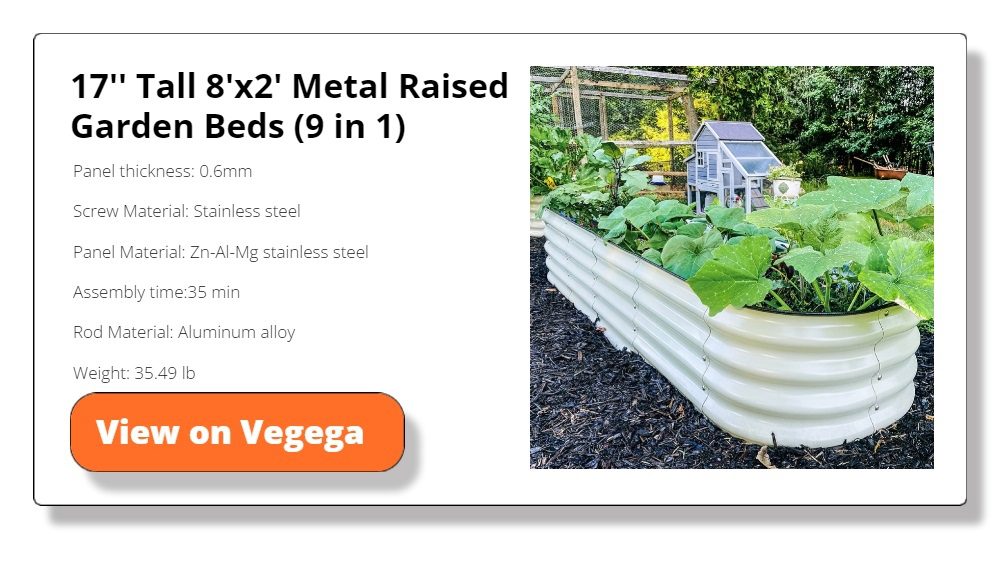
Preventative Measures
Prevention is always better than cure, especially in raised garden beds. Using row covers can physically block pests from reaching your plants. Crop rotation between seasons can also reduce disease buildup by ensuring no pest or disease gets too comfortable. Make sure to remove any plant debris at the end of the growing season; this denies pests a place to hide and overwinter.
Interplanting with Companion Plants
Companion planting is a natural way to enhance your garden’s defense system. Planting garlic, onions, or marigolds among your crops can deter pests due to their natural odors that pests find unattractive. Additionally, some companion plants can attract beneficial insects that prey on common pests.
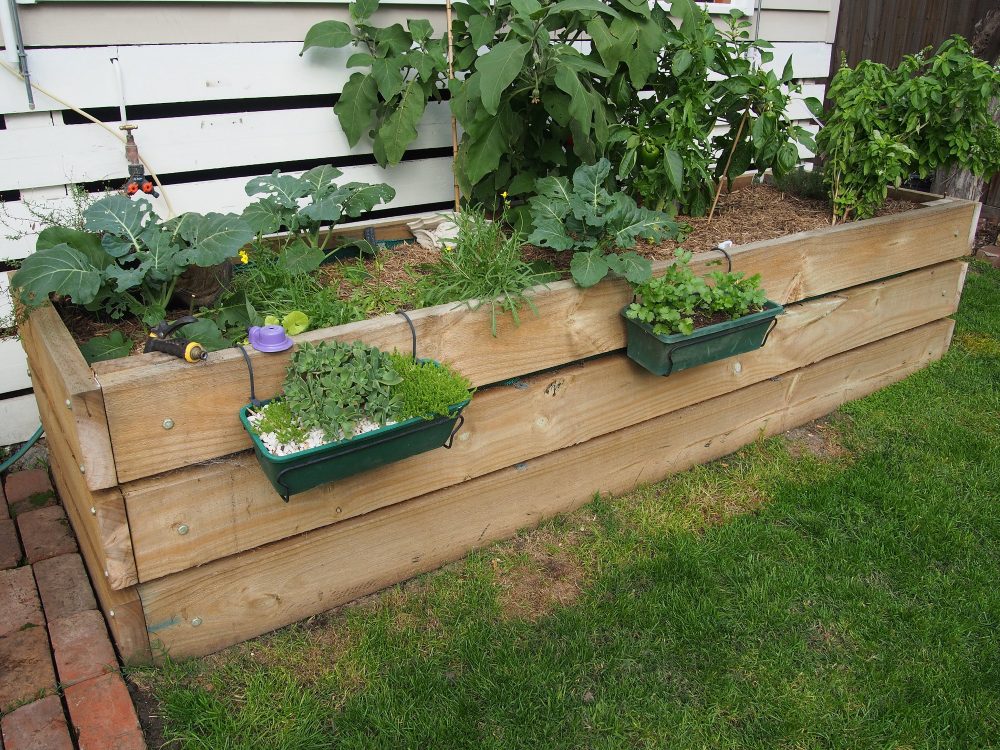
Regular Cleaning and Maintenance
Keep the area around your raised beds clean and free of debris. Remove fallen leaves and spent plants promptly, as these can harbor pests and diseases. Cleaning your tools before moving between different areas of your garden can also prevent the spread of pathogens.
Adjusting Planting Times
Adjust your planting times to avoid the peak seasons of pests and diseases. For example, planting a bit earlier or later in the season can help you avoid the life cycle peaks of certain pests and diseases, reducing their impact on your garden.
Using Barriers and Screens
Physical barriers can be very effective in keeping pests away from your plants. Floating row covers made of lightweight fabric can protect your crops from a variety of insects while allowing light and water to penetrate. Mesh screens can also be used to protect plants from larger pests.
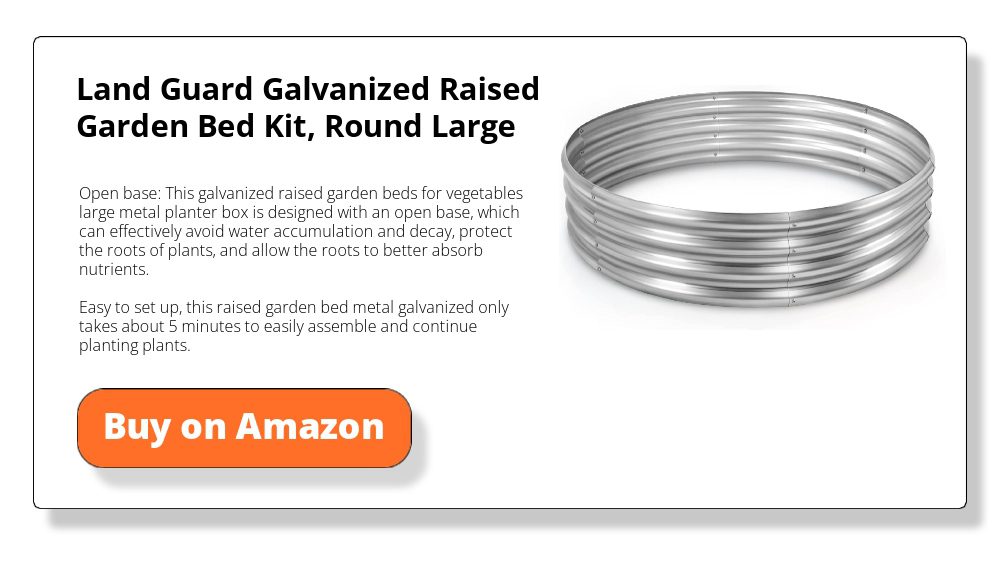
Maintaining your raised garden beds free from pests and diseases involves vigilant monitoring, choosing the right control methods, and implementing preventative strategies. With these practices in place, you can enjoy a vibrant, healthy garden season after season.
Space Limitations
One of the challenges of raised bed gardening is managing limited space effectively. While raised beds optimize growing conditions and make gardening more accessible, they require strategic planning to maximize the use of available space.
Here’s how you can overcome space constraints and ensure a productive garden within your raised beds.
Strategies for Maximizing Space
The key to success in raised bed gardening is efficient use of space. Employ square foot gardening techniques, dividing your bed into 1-foot squares to optimize planting. This method allows you to see exactly how many plants can fit into each square, helping to avoid overcrowding and ensuring each plant has enough room to thrive.
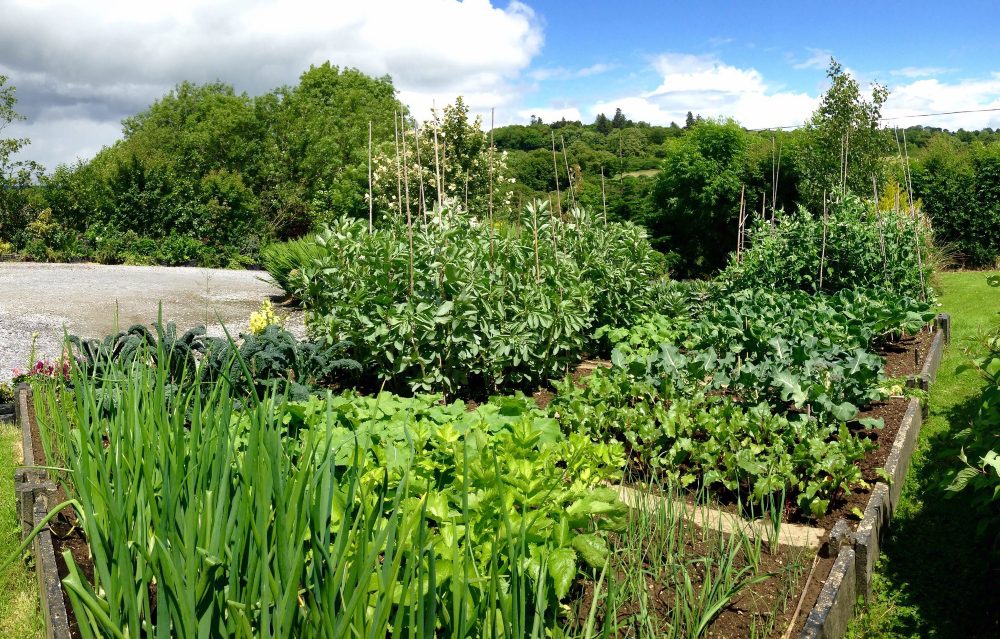
Choosing Suitable Plants
Selecting the right plants is crucial for raised bed gardening. Opt for varieties that are known to grow well vertically or in confined spaces. Plants like tomatoes, climbing beans, and peas are ideal because they can be trained upwards with trellises or stakes. This vertical approach not only saves ground space but also helps to keep the plants healthy by improving air circulation and sunlight exposure.
Utilizing Vertical Gardening Techniques
Vertical gardening is a fantastic way to enhance the productivity of raised bed gardening. Use structures like trellises, stakes, or vertical planters to grow upwards. This technique is perfect for vining crops and can also be used for herbs and strawberries, which thrive when grown vertically. Not only does this save space, but it also adds a beautiful aesthetic dimension to your garden.
By carefully planning and employing these strategies, you can make the most of your raised bed gardening space, allowing for a diverse and abundant garden even in limited areas. This approach not only maximizes yield but also makes garden management easier and more enjoyable.
Seasonal Adjustments and Crop Rotation
Adapting to the changing seasons and practicing crop rotation are key strategies for maintaining a healthy and productive garden in raised beds. These approaches not only help in managing soil health and pest control but also optimize the growing conditions throughout different times of the year.
Let’s explore how to implement these techniques effectively in your raised bed gardening plans.
Adapting to Seasonal Changes
Success in raised bed gardening requires seasonal adjustment. Installing shade cloths during warmer months can shield plants from extreme heat and keep soil from drying up too rapidly. Covering your raised beds with hoop houses or cold frames will help to keep the air around your plants warmer and shield them from frost as the fall weather draws near.

Benefits of Crop Rotation
In raised beds in particular, crop rotation is an age-old technique that is still applicable to contemporary gardening. Because various plants have varied nutritional needs, rotating crops helps avoid the loss of particular soil nutrients. This method also lessens the possibility of diseases and pests accumulating when the same crop is planted in the same location over time.
Planning Your Crop Rotation
Plan your crop rotation on a three or four-year cycle to minimize the risk of soil-borne diseases and balance soil fertility. Group plants by family—such as nightshades (tomatoes, peppers), legumes (beans, peas), and brassicas (broccoli, cabbage)—and rotate them through different sections of your raised beds each year.
This strategy not only helps in managing soil health but also encourages a diverse microbial environment, which is beneficial for plant growth.
Seasonal Planting Guide
Create a planting guide tailored to your local climate and seasonal conditions. This guide should include what to plant in each season and how to adjust your care routine to meet the changing needs of your plants. This might include altering watering practices, changing mulching materials, or varying the types of crops planted.
By incorporating these seasonal adjustments and crop rotation strategies into your raised bed gardening, you can enhance plant health, improve yields, and enjoy a vibrant garden year-round. This thoughtful approach to gardening not only addresses immediate plant needs but also contributes to the long-term sustainability of your garden.
Material and Construction Concerns
Choosing the right materials and constructing your raised beds properly are crucial steps in setting up a successful raised bed garden. The durability, safety, and effectiveness of your garden depend significantly on these factors.
Here, we’ll dive into the best practices for material selection and construction techniques to ensure your raised bed gardening efforts are both fruitful and long-lasting.
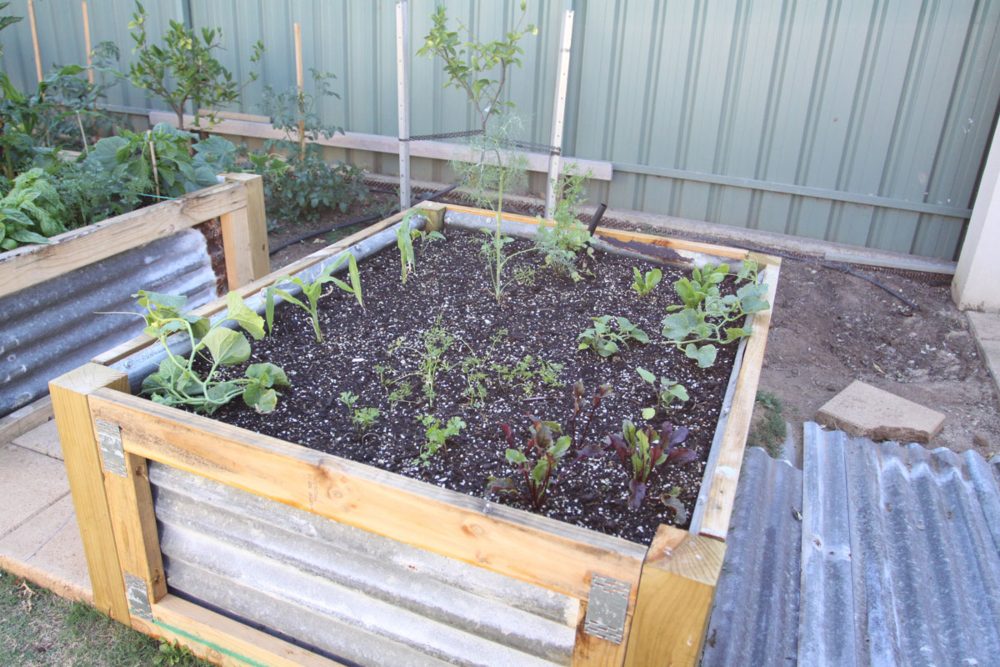
Selecting the Right Materials
The materials you choose for your raised garden beds impact everything from water retention to pest resistance. Untreated wood like cedar and redwood are popular choices due to their natural rot resistance and aesthetic appeal.
However, for those looking for more durable and less maintenance-intensive options, materials like composite, stone, or even corrugated metal might be suitable. Each material has its pros and cons in terms of cost, longevity, and environmental impact, so consider what best meets your needs in raised bed gardening.
Construction Techniques for Longevity
Proper construction is key to ensuring the longevity of your raised beds. Make sure the beds are level and securely assembled to prevent warping or collapsing. Using corner brackets or screws can help reinforce the structure.
Additionally, lining the bottom of your raised beds with a weed barrier can prevent grass and other weeds from growing up through the soil, while still allowing for proper drainage.
Ongoing Maintenance Tips
Maintaining your raised beds is just as important as building them correctly. Regular checks for signs of wear and tear, such as rotting wood or rusting metal, can help you address issues before they compromise the structure.
If you’re using wood, consider applying a natural sealant every few years to extend its life. Keeping the frames clear of excessive moisture and soil buildup can also prolong their durability and effectiveness in raised bed gardening.
By carefully selecting appropriate materials and employing robust construction methods, you can create raised beds that are both productive and enduring. This attention to detail will pay off in the efficiency and output of your raised bed gardening efforts, ensuring a garden that not only looks great but also produces bountiful crops season after season.
Conclusion
Overcoming the challenges associated with raised bed gardening requires careful planning and ongoing attention. By addressing issues like soil quality, water management, and pest control, gardeners can enhance the health and productivity of their gardens. Implementing these solutions helps ensure that raised bed gardening remains a rewarding and effective method for growing a variety of plants.
FAQ: Challenges in Raised Bed Gardening
- What is the best material to use for constructing raised garden beds?
- Cedar and redwood are excellent choices due to their natural resistance to rot and pests. For a more budget-friendly option, consider using cinder blocks or recycled plastic.
- How often should I replace the soil in my raised garden beds?
- Typically, you should refresh the soil every 2-3 years. However, adding compost annually can help maintain soil health and delay the need for complete replacement.
- What are effective ways to improve soil fertility in raised garden beds?
- Regularly add organic matter such as compost, well-rotted manure, or leaf mold to enrich the soil. Conducting soil tests can also guide the addition of specific nutrients as needed.
- How can I manage water drainage issues in my raised beds?
- Ensure your beds have a mix of soil that includes components like perlite or vermiculite to improve drainage. Additionally, installing a drainage layer of gravel at the bottom can help manage excess water.
- Which pests are most problematic in raised garden beds, and how can I control them?
- Common pests include slugs, snails, and aphids. Control these pests by using barriers like copper tape for slugs and snails, and introduce natural predators like ladybugs for aphids.
- Can raised bed gardening help with pest and disease control?
- Yes, the elevated design of raised beds improves air circulation around plants, reducing the likelihood of fungal diseases and making it harder for many pests to reach the plants.
- What crops are best suited for raised bed gardening?
- Leafy greens, herbs, onions, carrots, and tomatoes thrive in raised beds due to improved drainage and soil quality.
- How do I maximize space in my raised garden beds?
- Use vertical gardening techniques, such as trellises for climbing plants, and practice square-foot gardening to optimize space and increase yield.
- Are there any structural concerns I should be aware of when building raised garden beds?
- Ensure the beds are properly supported and use quality, durable materials to withstand weather and soil pressure. Check and repair any damage annually to prevent structural failure.
- How can I adapt raised garden beds for different seasons?
- Install hoops and cover with garden fabric to protect against frost, or use shade cloths during the hottest part of the summer to prevent plants from scorching.




